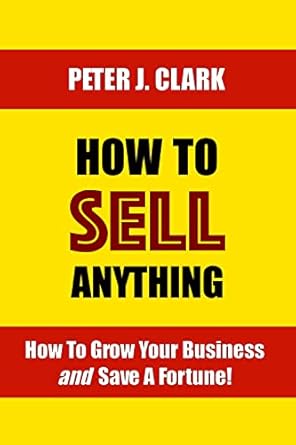Planning the 'grand design' of customer loyalty
Whether you're creating a new loyalty scheme or thinking about how you can change your brand's website to enhance the customer experience, it's obvious that second-rate design won't work - but success can't happen without a good deal of expertise at the planning stage, according to Chris Ford of digital marketing firm Grass Roots.
If you haven't yet watched home building and renovation shows such as Grand Designs, the main 'hook' is watching some happy couple risk their life savings and futures on the success of a home-building enterprise. Sometimes the project is a complete success, but other times it just doesn't come together. And the difference between the two - just like the building of a loyalty programme - lies in the planning.
Creating, delivering and running a successful website, customer engagement programme or customer loyalty scheme can expose you to all kinds of potential pitfalls. Even if you have a good idea of what you want and how to achieve it, it's worth investing properly in the planning stage to make sure you're building the right thing, in the right place, in the right way, and at the right time. And the same applies when you set about updating something that already exists.
If you're a truly wise marketer, it all starts with a survey. Zig Ziglar says: "a positive conviction without accurate information is a dangerous thing" - and it's not until you accurately assess the current lie of the land and what you want to achieve that you can begin to draw up plans.
When you're under pressure to deliver within budget and to a set timescale, time and money spent on research can seem extravagant, or even unnecessary. Yet time and again, we see brands begin by thinking they want one thing when in fact even something as simple as a one-day workshop with key stakeholders reveals that a different approach will deliver far greater impact and ROI. Sometimes it's only a few small tweaks that are needed, while other times the best thing to do is start from scratch and rebuild from the foundations upward.
The key to successful understanding is, of course, research: asking the right questions and having the expertise to identify both potential challenges and opportunities before trying to come up with all the answers. Once you have a vision of what you want to achieve, and a clear picture of the constraints to which you may have to work, you can then start on the design. A 'business architect' should be able to advise you on what technology will be best for the job, and what will work only in the short-term.
For example, there's no need to build a new website every few years when you could have a web platform that will evolve with your business and changing market conditions. And when your competitors try to keep up with you, a flexible design will enable you to stay one step ahead, making sure your offering always stays fresh. Too often loyalty programmes and cutting-edge websites have an initial 'halo' effect that slowly fades to nothing; yet, by monitoring data to spot trends and pre-empt churn points, you can adapt and respond before customers think about switching brands (which is much easier than trying to hold onto someone who has already made up their mind to leave).
The encouraging thing about working with business architects and specialists such as Grass Roots is that they can bring with them valuables lessons (that is, the ability to avoid the mistakes already made by others) and finishing touches from other clients they've worked with in the past.
Sources: Grass Roots / The Marketing Factbook.
Copyright © 2011 - 2025 The Marketing Factbook.
Categorised as:
- Customer Experience
- Customer Loyalty
- Knowing The Customer
- Marketing Know-How
- Marketing Technology
